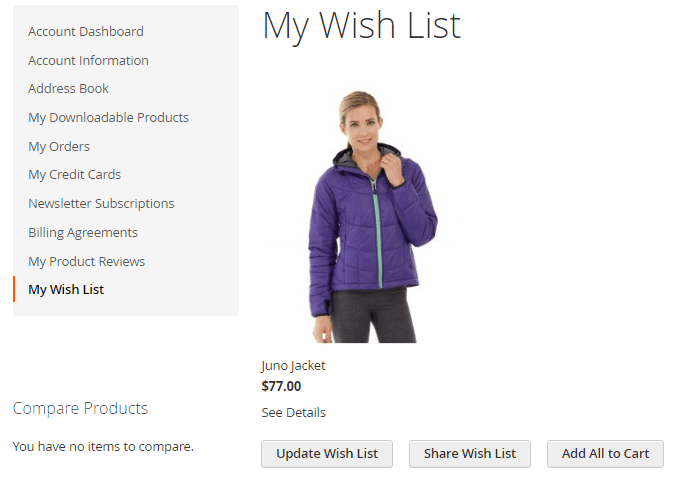If you’re having trouble understanding your Magento developers, here are some terms to get you started.
If you’re having trouble to understand your Magento developers, here are some terms to get you started. The list is pretty long, but if you make it till the end, it might help you to get the basics of Magento store development and management.
- A/B testing – a method of comparing two versions (“A” and “B”) of a web page by showing them to random users and monitoring their reactions. The “A” version is often the already existing variant of the webpage, while the “B” version includes new improvements. A/B testing is a great method of testing website changes.
- Abandoned cart – a term used to describe a situation, when a visitor adds products to their shopping cart, but leaves the website without completing the checkout.
- Ajax shopping cart – functionality that allows customers to add products to their shopping carts without page reload and interrupting the shopping process. Many Ajax shopping cart extensions also enable customers to add products right from the category page as well as show a popup asking them to take one of the actions: continue shopping or go to checkout.
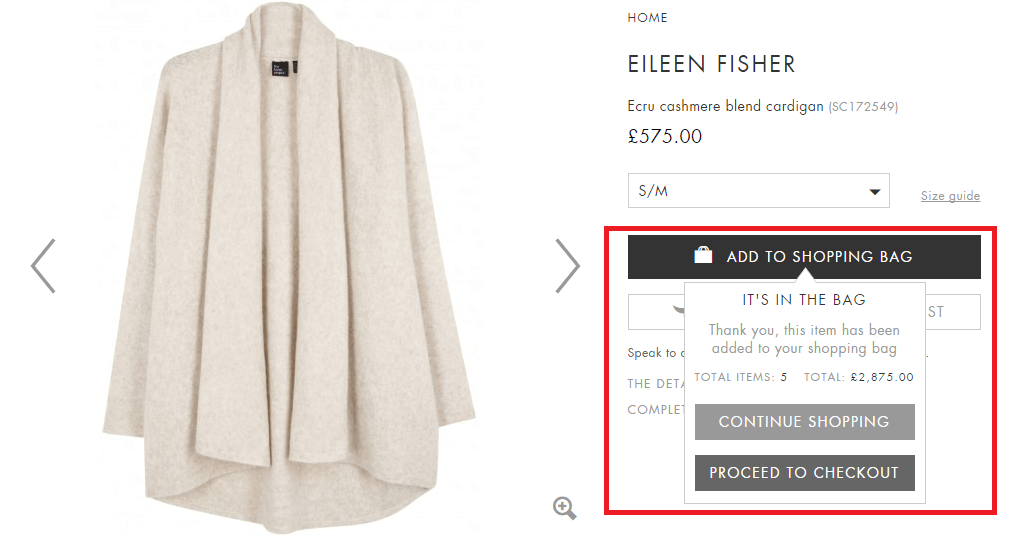
- API – or Application Programming Interface, is a set of rules that outline how two system interact with each other, in our case Magento and a 3rd party system.
- Attributes – are product properties that make it easier to identify, compare or search for products with specific features. Examples of typical product attributes are name, price, size, color, manufacturer etc.
- Attribute set – is a collection of attributes (product properties). In Magento, attributes can be freely added or removed from the set. The only downside of attribute sets in Magento is that they can not be changed for already existing products.

Attribute set creation in Magento 2
- B2B (Business to Business) site – a website where a company sells products or services to other companies.
- B2C (Business to Customer) site – a website, where a business offers its products or services to individual customers.
- Backend – also called the admin panel/administration area, is the heart and soul of a website where you can manage website settings and content . Backend is hidden from the website users.
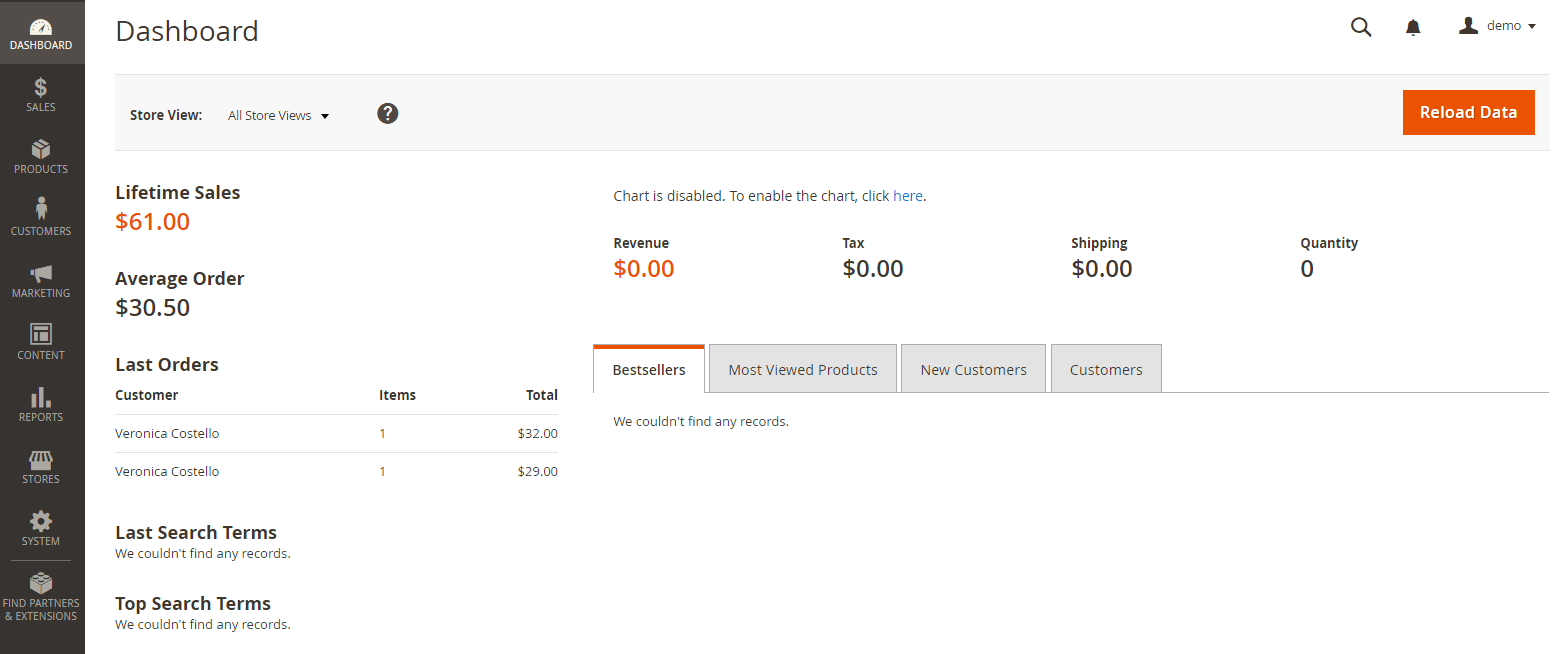
Magento 2’s backend
- Breadcrumbs – breadcrumbs or a breadcrumb trail is a navigation technique, which informs visitors of their location in relation to the entire site hierarchy. Usually are placed horizontally under the header or page title.
- Bundle product – a group of products, physical or virtual sold together by the merchant. Each item in the bundle is a standalone product, but the array of products, which make the bundle, is customized by the customer. A simple example of a bundle product is a gift basket.

Magento 2
- Checkout – the process of finalizing an order in an online store. The checkout process often includes a few steps, such as entering customer information, choosing the shipping method and filling out the shipping information, payment, previewing the order etc.
- Configurable product – a product, which can be customized according to the list of available options, however, every variation of the product is, in fact, a separate item with a unique SKU used for inventory tracking purposes.
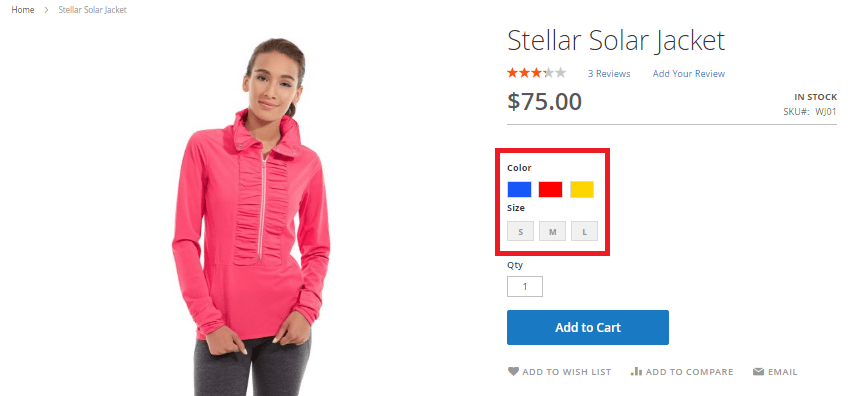
- Credit memo – the document listing the sum that a seller owes a buyer. As a rule, it is used when the products ordered by the buyer were not delivered, were returned by the buyer or the buyer was overcharged for these products.
- Cross-selling products – items that appear as suggestions on the shopping cart page, they may belong to the same or a different category than the ordered product. The goal of cross-selling is to sell more products.
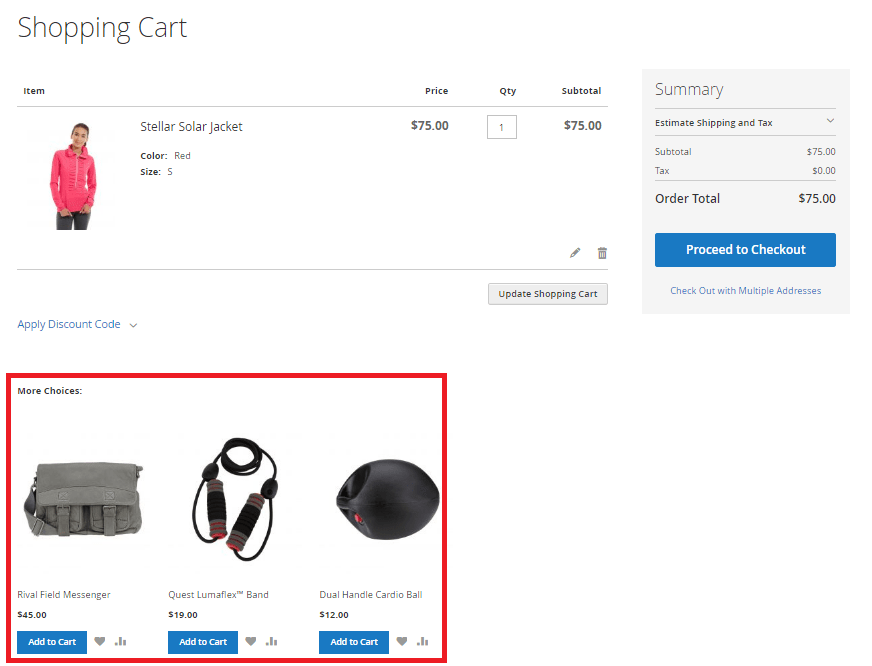
- CSV – or Comma-Separated Values, is a type of data format (with .csv extension), in which each piece of data is separated by a comma (the so-called delimiter). This format is used for data import/export.
- C2C (Customer to Customer) site – or a multi-vendor marketplace, is a website, where vendors are able to create online stores and sell products or services to other customers. The portals like eBay and Amazon are best examples of C2C websites.
- Downloadable product – a product consisting of one or more digital files, which can be downloaded directly from the online store server or customers are provided with links to other servers.
- Extension/module/plugin – is a software component, which adds new features to the basic Magento instance (or any other system).
- Favicon – a small image, usually displayed in the address bar of the browser and other applications/lists (for example, a bookmark list). This icon serves as a representation of the website, therefore it should be unique and correspond with the brand image.
- Flat rate shipping – a fixed, standard charge for shipping products. Flat rates are usually charged per shipment or per product.
- Frontend – the interface of the website available for users/customers. Everything you interact with when you navigate through the site is frontend.
- Gateway (payment gateway) – a service provider, which processes payment transactions between the buyer and the merchant, or in other words, it is a computer system, which allows merchants to accept credit cards and other electronic methods of payment.
- Google Analytics – a free web analytics service provided by Google offering basic tools and statistics, which allowing tracking visitors and monitoring SEO and marketing campaigns.
- Grouped product – a set of standalone products, which, unlike bundle products, can be bought as a group, but there is no obligation to buy all of them or you can purchase them separately. Grouped products are usually either variations of a single product or complementary products grouped together.
- Header – a web page header is the upper part of the page, which usually includes company’s name, logo and navigation bar. You can easily recognize the header, because it looks the same on every page of the website.
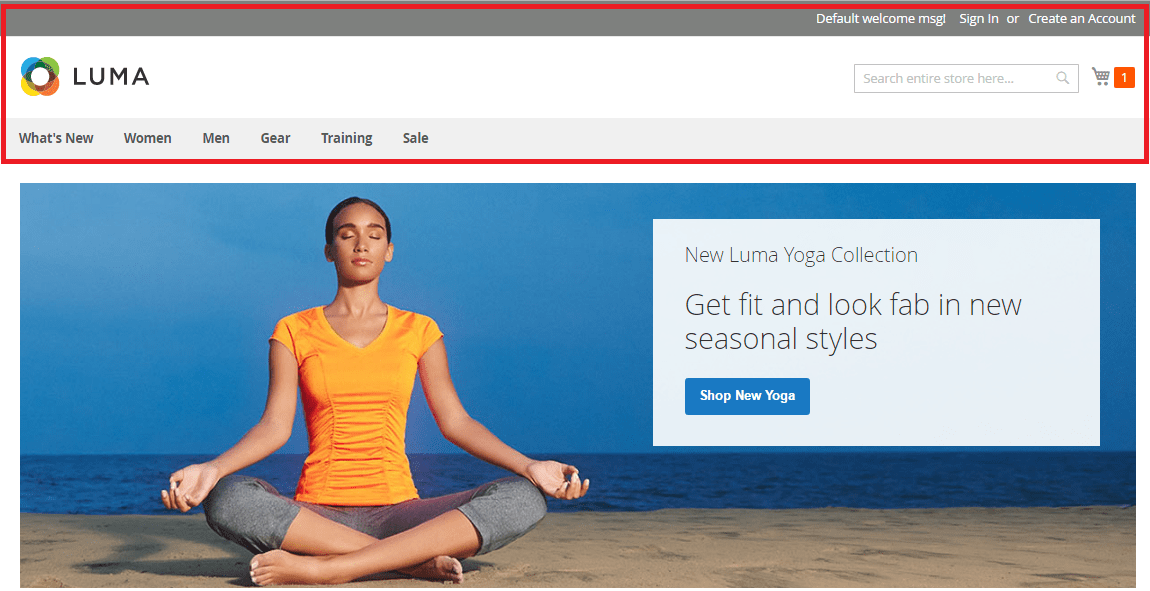
- Homepage – the main page of a website. Designed as the first point of contact, home page often features an index or table of contents with links to other pages of the website.
- Hosting – a type of service that makes your site available to be viewed on the Internet. Basically, it’s renting some space on high-powered computers to store website files.
- In-store pickup – a shipment method, which allows customers to personally pick their online orders in the nearest physical store. This method is preferred by many customers because it is usually offered for free and customers can choose the most convenient date and location to pick up orders.
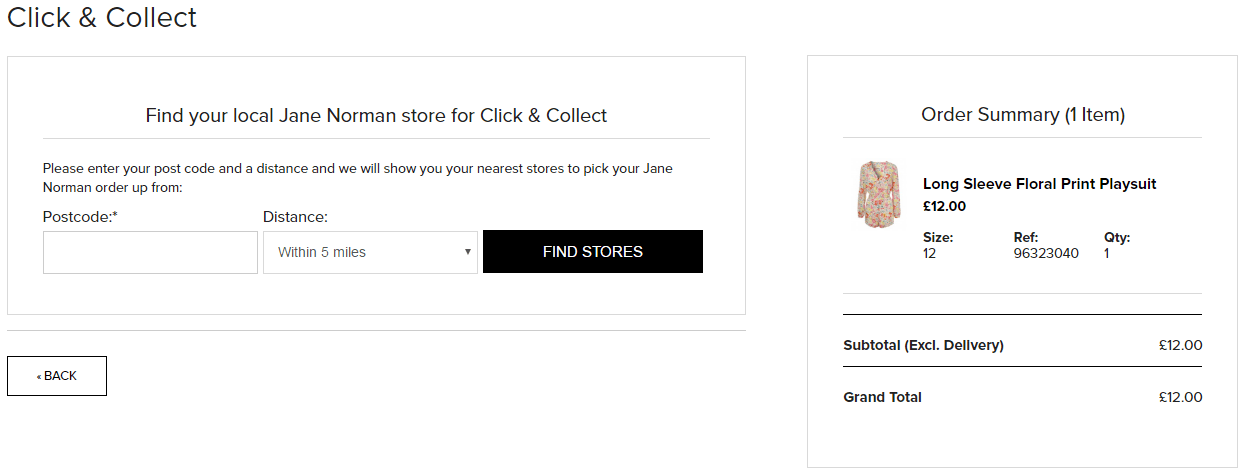
Invoice in Magento 2
- Keyword – a word or a phrase – typically a phrase of two or three words – that makes it possible for people to find your site in search engines.
- Layered navigation – also called faceted search, is a feature, which allows customers to filter products in the catalog by attributes, such as brand, color, price range and other attributes.
- Layout – arrangement of blocks of text, graphics, buttons and other elements of the web page.
- Localization – the adaptation of Magento to a specific country or region. Localization is more than just a translation of the content and it often requires certain changes in the software, for example, different number format or adding a spell checker that will recognize the local language, when users are typing words.
- Mega-menu – a drop-down menu, which instead of a simple list displays a large panel with multiple options divided into groups (for example, product categories or search filters) and additional graphic elements. Mega menus are easy to use and more visually attractive than the traditional drop-down menus.
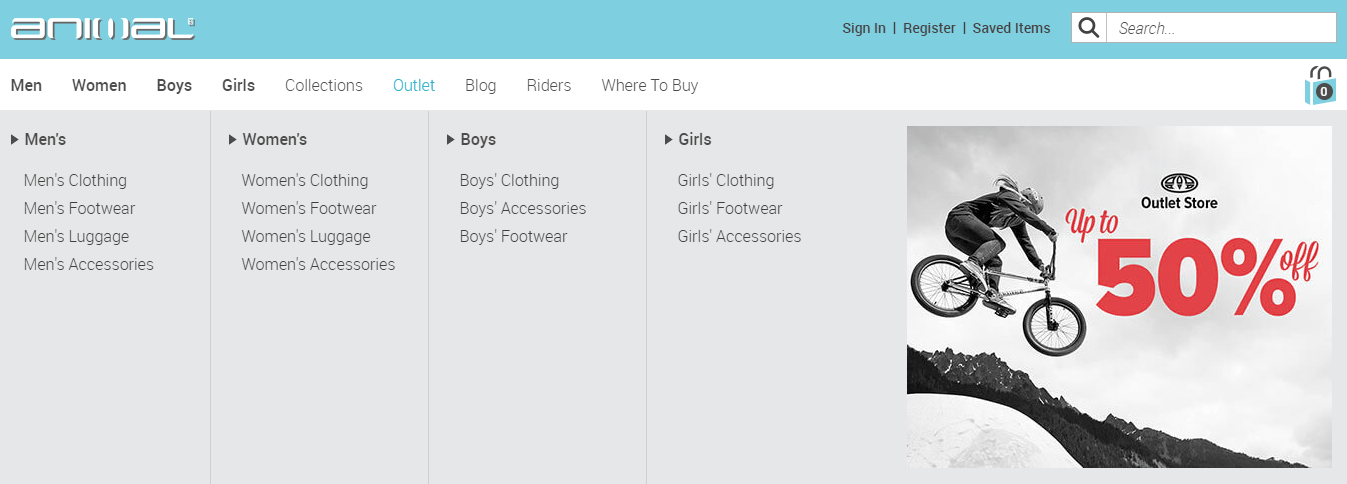
- Multi-store – functionality, which allows you to create multiple stores under one installation, so you can manage them all from a single administrator interface.
- Navigation – a part of the page featuring links to other pages on your website, making it easier to move between pages.
- Payment method – a way of paying for the ordered products. The most common methods of payment are Payment method – a way of paying for the ordered products. The most common methods of payment are credit card, PayPal, bank transfer or cash on delivery payment.
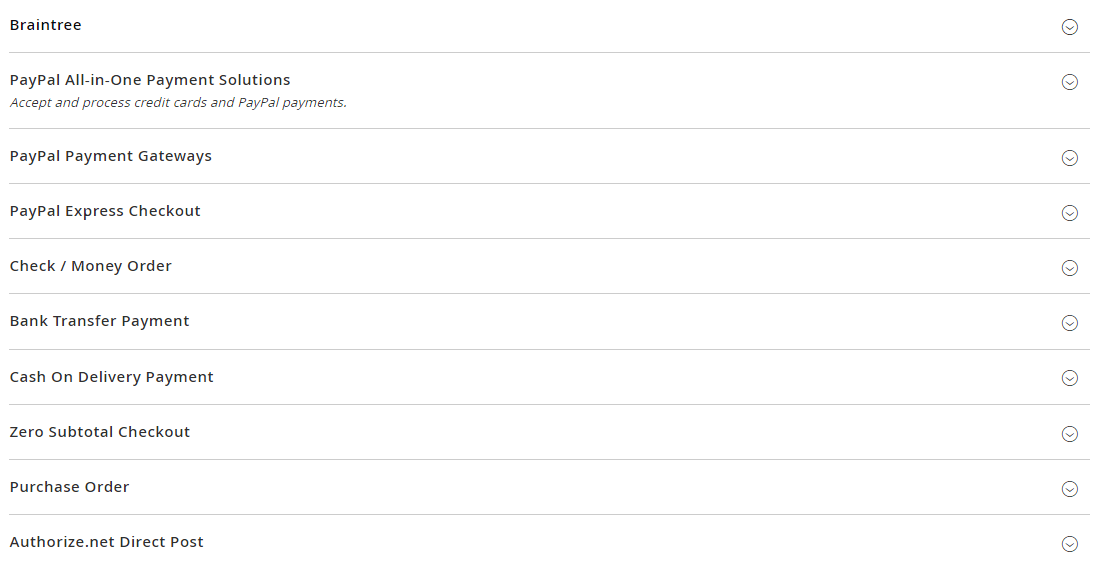
Default Magento 2 payment methods
- PCI compliance – or Payment Card Industry compliance, it means that a vendor obeys a set of rules for card information safety, which are established and required by a specific card brand. These rules include building a safe network and protecting it against viruses and hacker attack, keeping card holder’s data confidential by restricting access to the data etc.
- Persistent shopping cart – a feature that keeps track of items added to the cart by the customer, in order to restore them the next time the customer visits the website. Unlike regular shopping carts, persistent cart remembers added items beyond a single visit.
- PIM – or Product Information Management, is a system that helps companies to store product data and are used to push data to other system including ecommerce engines as Magento.
- Pricing rule – a feature that allows you to manage all sorts of promotions: set various conditions which have to be met in order for the promotion to be applied.
- Private sales for customers – a feature, which allows you to create sales limited to specific customers. You can inform your customers about private sales by sending them emails or listing these promotions after customers log into their accounts.
- Product configurator – a feature, which allows customers to customize their products by choosing which available components and options they want in their products.
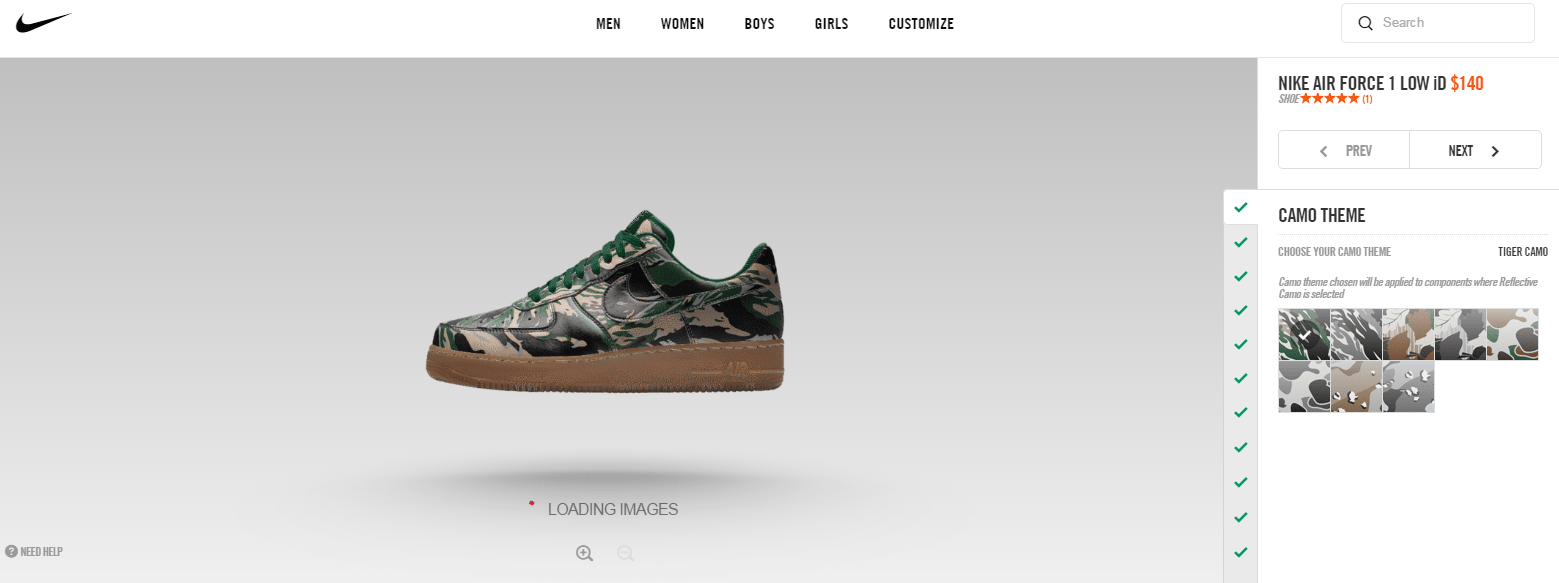
- Quick order – functionality, which allows customers to add products to cart by simply entering their store keeping unit (SKU) and quantity. This feature is often used on B2B websites to streamline orders.
- Real-time shipping rates – a feature, which calculates rates for domestic and international shipping of products in real-time, thanks to direct integration with shipping carriers.
- Related product – a product recommended as supplementary or additional to the item currently viewed by the customer.
- Responsive design – an approach when websites adapt to different devices based on screen size, because they are created with the use of flexible images, proportion-based grids and cascading style sheet media queries. Starting from versions Magento CE 1.9 and Magento EE 1.14 Magento default theme is responsive.

- Retina display – a term created by Apple to describe screens with high pixel density.
- Rich snippets – short previews of relevant website content displayed on the search result page that helps people to understand whether this particular website provides the kind of information they expect.
- SEO – or Search Engine Optimization, is a set of methods and strategies aimed at improving a website’s ranking on the search result page and thus increasing the number of visitors to the website.
- Server – a powerful computer that stores your website files.
- Shipping method – a way of delivering goods purchased in an online store, for example flat rate, USP, USPS, DHL etc.

- Shopping cart – a section displaying all products selected by a customer.
- Simple product – a single, physical item with unique SKU. Simple products can be grouped, sold as bundle products or customized.
- Sitemap – a model of a website, which helps navigate through its content and is used by website visitors, as well as search engines. Human visitors can use the sitemap to find pages and information they are looking for, while web crawlers use the sitemap.xml file to index all listed pages.
- SKU – or a store keeping unit, is a unique identification code, such as the barcode, allocated to every product to help track them for the inventory purposes.
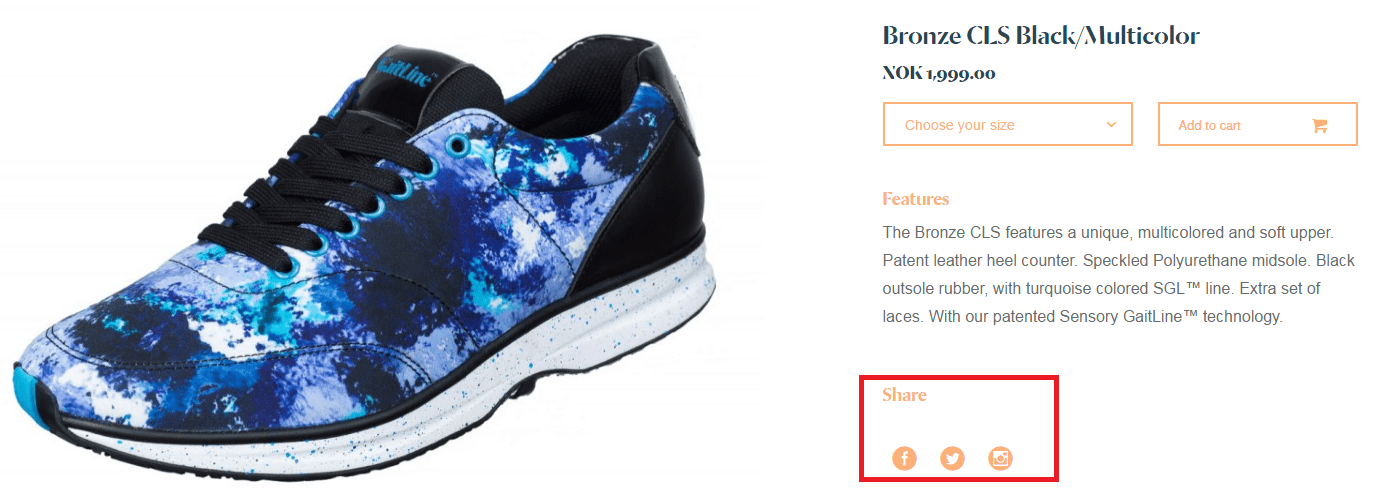
Gaitline product page
- SSL – or Secure Sockets Layer, is a cryptographic protocol used in e-commerce to protect transactions and customer’s private information.
- Staging server / development server – a server, which serves as a testing ground for new websites and updated web pages, before they are published and available for all users.
- Store locator – functionality, which allows customers to find the nearest physical store run by the online company or offering its products.
- Table rate shipping – a feature, which allows online store administrators to create tables for customers to calculate shipping rates. These tables show how the cost of shipping changes depending on different conditions, for example, the number of ordered items, their weight or destination.
- Tier pricing – a type of pricing, where the more products a customer buys, the lower is the price of a single product due to applied discounts. Tier pricing is often used on B2B websites and as a method of encouraging customers to buy bigger quantities of products.
- Transactional emails – messages triggered by specific actions, such as placing a new order or changing the order status.
- Up-selling products – usually more expensive versions of currently viewed products shown on the product page.
- URL – commonly referred to as “web address”, is a global address of a website or a website page, which is typically displayed in the address bar of a browser.
- Virtual product – a product, which does not have a physical representation. The term is most often used in reference to services, subscriptions and warranties. Virtual products can be bought as grouped products or be a part of a bundle product. One of the six product types available in Magento.
- Wishlist – a convenient feature offered by many online stores, which allows customers to create a list of products they like. A wishlist can serve as a shopping list, to remind the customer what they want to buy, or as a gift list, when shared with friends and family.
